BYDが刷新されたe2 Honor Editionを発表 $12,400
BYDが改良型e2 Honor Editionを発売 $12,400
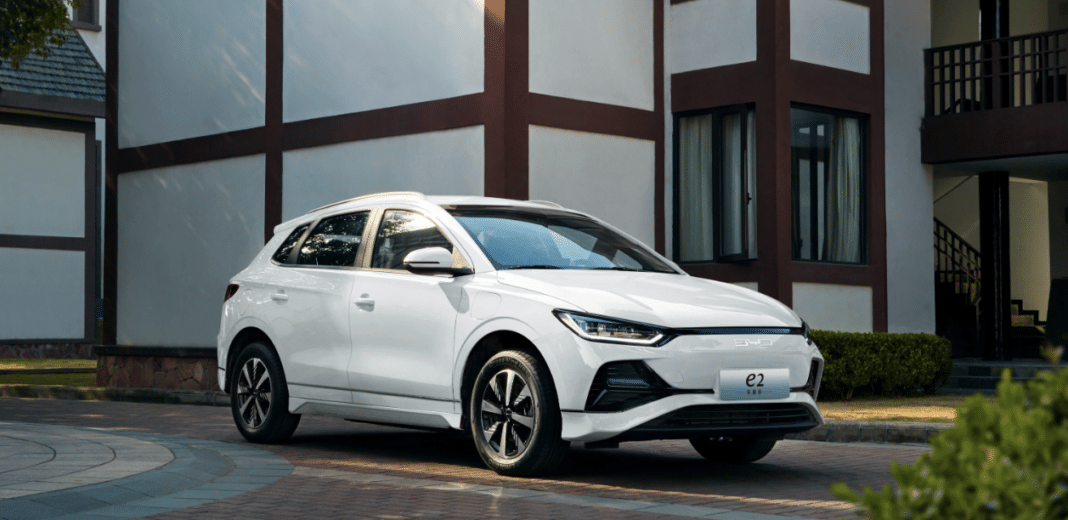
3月13日は、最新の追加作品のデビューです。 比亜迪の “名誉” ラインナップ, 比亜迪(BYD) e2 オナーエディション. CLTCを誇る2つのモデルを搭載 (中国標準化試験) 純粋な電気範囲 405 キロメートル, 公式の価格帯は 89,800 元 ($12,400) 宛先 96,800 元 ($13,400). 今回のリリースは、昨年4月に導入した以前のe2モデルを復活させるものです, 特に開始価格で $1500 前モデルよりも安い, 中国のEVセクターで進行中の価格競争を反映しています.
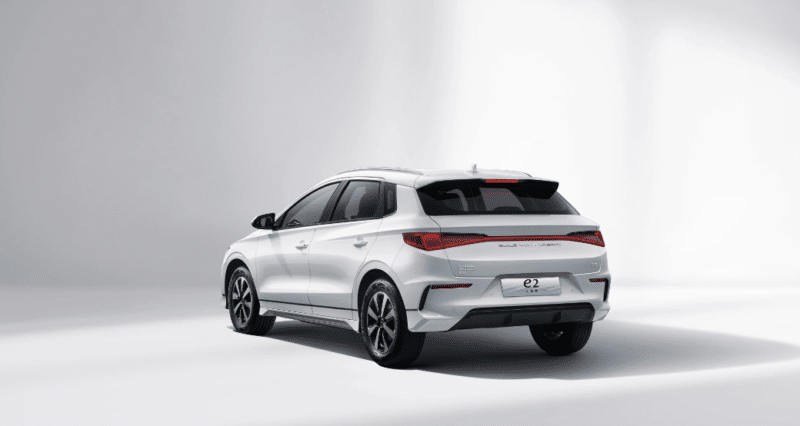
の一部 比亜迪 オーシャンシリーズ, e2 Honor Editionは以上を誇っています 12 コア機能, ブレード電池を含む, ヒートポンプ空調システム, スマートフォン接続のNFCカーキー, 急速充電機能.
Oceanシリーズのデザイン言語は、e2 Honor Editionでも受け継がれています, 新デザインのクローズドフロントグリルを展示, スリムヘッドライト, そして3セクションの下部インテークグリル. そのなめらかなプロファイルには、フロントからリアに走るサイドスカートが含まれています, 装飾的なトリムによって強調されます. 寸法測定付き 4260/1760/1530 mm、ホイールベースは 2610 ミリメートル, 新しいE2は、前モデルよりもわずかに長くなっています.
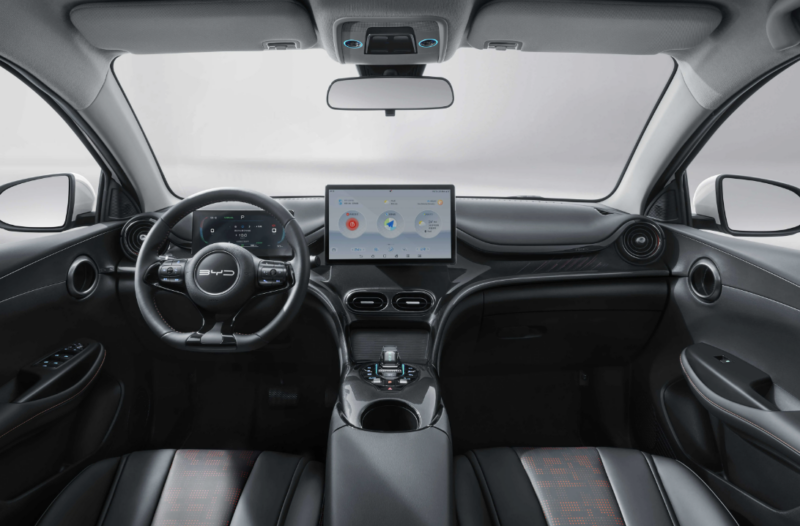
インテリアはミニマルなアプローチを維持しています, アップグレードされた10.1インチの画面を搭載 (コンフォートモデル) または12.8インチの画面 (ラグジュアリーモデル) インテリジェント回転パッド, DiLinkスマートコネクティビティとインテリジェント音声インタラクションシステムを搭載. 8.8インチのフルLCDインストルメントクラスターをラインアップに標準装備.
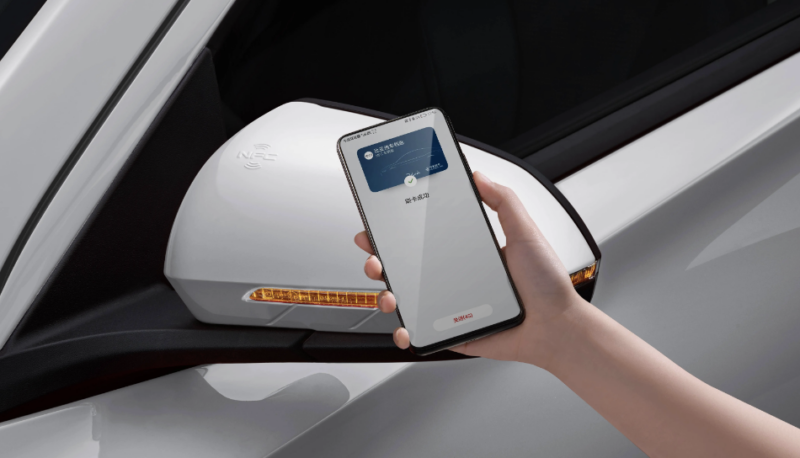
VTOL放電技術などの優れた機能, 最大で外部放電が可能 3.3 キロワット, また、スマートフォンでNFCカーキーを使用して車両にアクセスする便利さ.
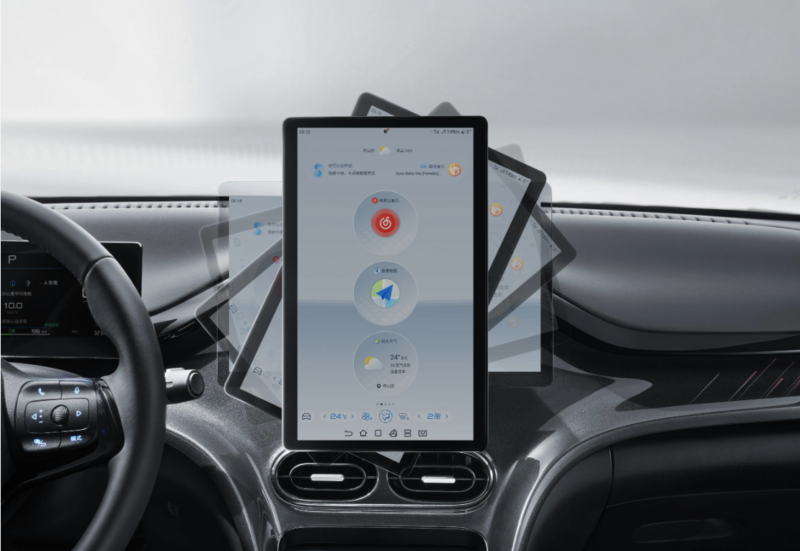
e-platformを搭載 3.0 統合された8-in-1電動パワートレインシステム, e2 Honor Editionは、効率とパフォーマンスを向上させます. ヒートポンプシステムは、直接冷却および加熱技術を使用してバッテリーの温度を調整します, 範囲をオーバーに改善 10% 低温環境でも. パフォーマンス面, E2は永久磁石同期モーターによって駆動され、最大出力は100μA未満です。 70 キロワット.
安全機能には、安全性の高いLFPブレードバッテリーが含まれます, 安全性とエネルギー密度の組み合わせ, そして、3H高強度設計を採用した車両構造を 50% 高強度鋼含有量.

 中国における自動車
中国における自動車